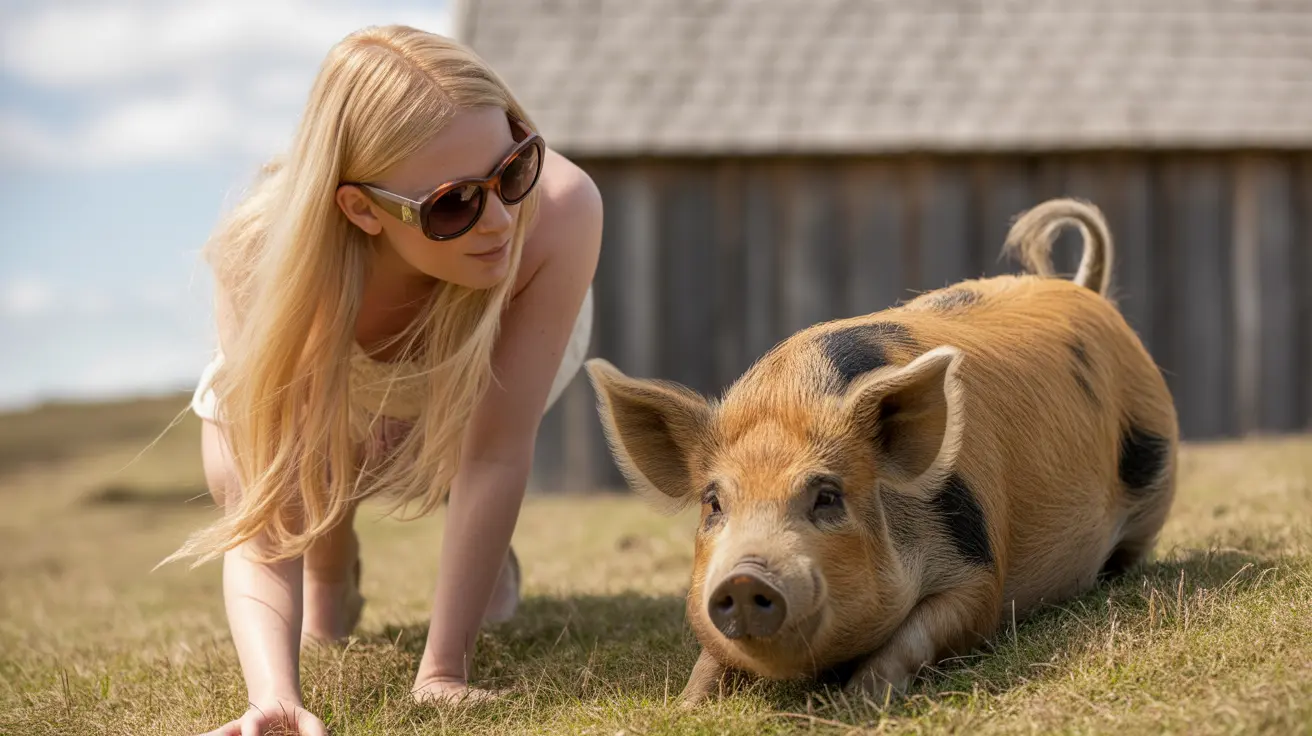How to Safely Prepare Squash for Dogs
Preparing squash properly can offer your dog a nutritious and delicious addition to their diet. Squash comes in many varieties—including butternut, acorn, spaghetti, yellow squash, pumpkin, and zucchini—and can be a healthy choice when served correctly. Here's a comprehensive guide for pet owners on how to safely include squash in their dog’s meals.
Health Benefits of Squash for Dogs
Squash is packed with
essential vitamins and minerals that benefit your dog’s overall health:
- Vitamin A: Supports eye health and immune function.
- Vitamin C: Acts as an antioxidant and supports immune health.
- Vitamin B6: Aids brain development and immune system strength.
- Potassium and Magnesium: Help with muscle function and nerve regulation.
- Fiber: Promotes healthy digestion and regular bowel movements.
- Beta-carotene: A powerful antioxidant that fights free radicals.
In addition, squash is
low in calories and
high in water content, making it excellent for weight management and hydration.
Best Practices for Preparing Squash
To ensure preparation is safe and beneficial for your dog:
- Cook the squash: Steam, roast, boil, or bake it until it becomes soft. Cooking enhances digestibility and taste.
- Remove the skin and seeds: These parts are tough, hard to digest, and may cause choking or blockages.
- Do not use seasonings: Avoid salt, butter, garlic, onions, sugar, oils, or any spices. Many of these are toxic to dogs.
- Serve it plain and in small pieces: Mash or chop the squash to appropriate sizes for easier consumption and reduced risk of choking.
How Much Squash Should You Give?
Introduce squash gradually and observe your dog's response:
- Small Dogs: A few teaspoons per serving.
- Medium Dogs: 1–2 tablespoons per serving.
- Large Dogs: Up to 1/4 cup per serving.
Only 10% of your dog's daily caloric intake should come from treats and additions like squash. The rest must be from a complete commercial diet.
Special Recommendations
- Use canned plain pumpkin (not pie filling) for digestive aid, but avoid any with added sugar or xylitol, which is toxic to dogs.
- Refrain from feeding raw winter squash, ornamental gourds, or wild squashes as they may be unsafe or indigestible.
- Zucchini can sometimes be served raw, but other varieties should always be cooked.
Watch for Allergic Reactions
While rare, dogs can have allergies or sensitivities to squash. Monitor for:
- Itching or rashes
- Vomiting or diarrhea
- Behavioral changes
Stop feeding squash and consult a veterinarian if these symptoms occur.
Additional Tips
- Stick to fresh, unspoiled squash. Moldy or seasoned squash can lead to stomach upset.
- Mix squash with dog food or offer as a low-calorie treat.
- Ask your vet before introducing squash, especially if your pet has food allergies or is on a prescription diet.
Including Squash in a Balanced Diet
When served correctly, squash enhances a dog’s diet by supporting digestive, immune, and skin health. It’s a hydrating, antigen-free treat that’s ideal for dogs on a calorie-controlled regimen.
In summary,
squash is a nutritious, low-fat vegetable that supports various aspects of canine health. Proper preparation involves cooking, peeling, deseeding, and serving in moderation without additives. Introducing squash safely and mindfully will allow your dog to benefit from its many advantages without any risk.





